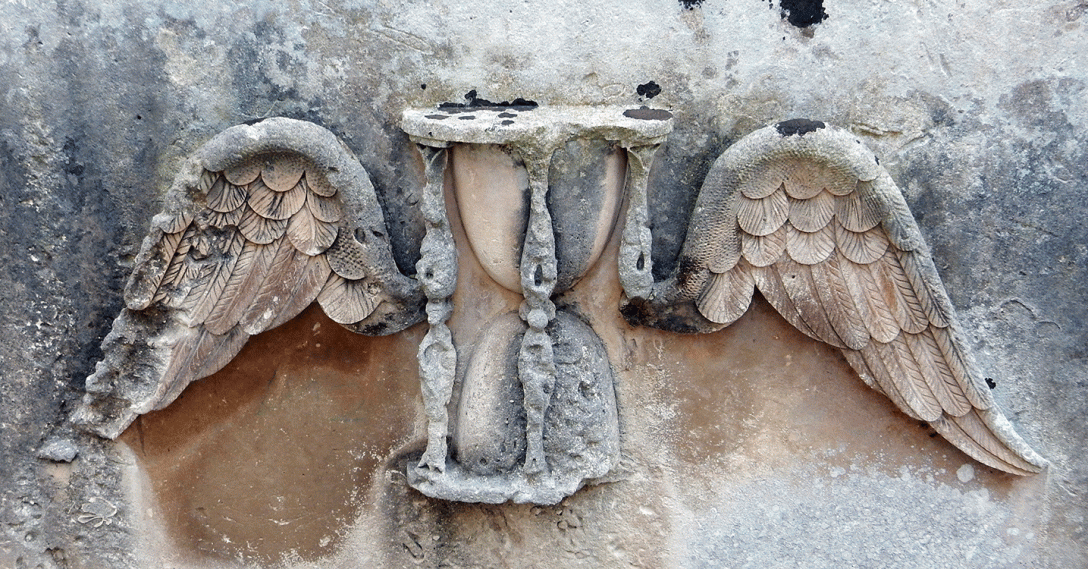The policy of the house of Austria, which aimed at destroying the independence of Hungary as a state, has been pursued unaltered for 300 years.
Lajos Kossuth (1802-1894)
A bronze winged genius, a protecting spirit defiantly bearing a torch of freedom, stands guard with a powerful lion atop the recently restored massive wedding-cake-like mausoleum memorializing Lajos Kossuth. A lawyer and extremely effective orator, Kossuth’s journalistic endeavors to promote an independent Hungary led the Austrian monarchy to imprison him for treason.
The Austrians later regretted releasing him, as he became the inspirational leader of the Hungarian Revolution of 1848. By 1850, the interlude of independence faltered and Kossuth was in exile in Turkey. In London, he was welcomed as a hero, and New York staged a parade on Fifth Avenue to herald the defeated Hungarian leaders. A bust of him is displayed near one of Winston Churchill in the United States Capitol. While Kossuth spent most of the rest of his life in exile, he was well honored at home after his death.
Kossuth is one of many residents of Kerepesi Cemetery, opened for occupancy in 1847. The national pantheon sprawls over more than 130 acres of peaceful grounds shaded by so many different types of trees it doubles as a botanical garden. Declaration of it as a decorative cemetery in 1885 led to its role as a sculptural paradise reflecting Hungarian artistic trends as well.
Alright, a cemetery is an unusual entry point for the upcoming series of travel posts about Budapest, but it is no secret I love wandering among ancient graves. Also, Hungarian history is so complicated by the turbulent history of all of Europe, the cemetery serves a restful resource for slowly absorbing some of the waves that swept through it.
For example, the genius atop the mausoleum of Ferenc Deak (1803-1876) seems much more peaceful than that of Kossuth. The angelic figure bears a palm frond and a laurel wreath, symbols of immortality. Deak is remembered as a statesmen who successfully negotiated with Emperor Franz Josef to establish a dual Austrian-Hungarian monarchy, the Compromise of 1867.
Here you find graves of artists and writers inspiring patriotism and those motivated by their words who fell in wars. Arcades adorned with mosaics offering shelter to some of Budapest’s wealthy stand in contrast to the workers’ pantheon added in 1958. There are graves of Russians who died liberating Budapest from the German fascists, and memorials for Hungarians who were killed during the 1956 unsuccessful revolt against Soviet control.
Art deco details in some sections stand in stark contrast to the severe style dictated by later Communist rulers. Four horses struggle to break free from the corners of a tent-like shroud ominously sheltering the tomb of the Hungary’s first elected president after the fall of Communism, Jozsef Antall (1932-1993).

mausoleum of Ferenc Deak

tomb of Jozsef Antall

tomb of Jozsef Antall

tomb of Lajos Kossuth

mausoleum of Ferenc Deak

musician on tomb of actress Lujza Blaha

tomb of Lajos Kossuth

tomb of Lajos Kossuth

tomb of Jozsef Antall

tomb of actress Lujza Blaha (1850-1926)
Introducing you to Budapest through this cemetery is meant to illustrate how we failed to strictly adhere to guidebook lists of the top 10 must-see attractions and things to do when visiting, despite staying there for a month. I’ll just get our shortcomings as guides helping shape your future travels, probably verging on sinful to many, out of the way now.
(1) We did not take the dinner cruise on the River Danube. Spending time standing in a buffet line to get food while missing the scenery seemed as though it would defeat the point, so we walked both sides of the river instead. Multiple times.
(2) We did not dip into the famed Turkish baths. As architecturally seductive as they are, the images of people crowded in the pools and men standing in waist-deep water playing chess failed to entice me to want to join them. They seem to have an abundant supply of wrinkled, overweight patrons without me.
(3) We only tasted goulash once. Can’t believe I confessed to that last one.















































































